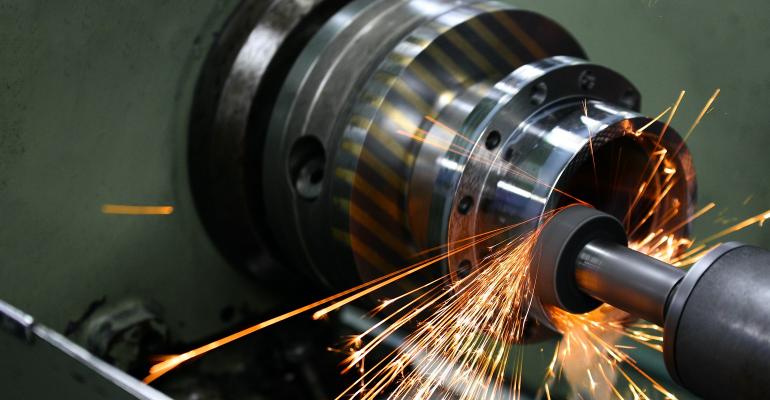Surface finishing is a vital part of many manufacturing projects. How the exterior surfaces of a part or component are made ready for use is important to the manufacturing process. Once a surface is ‘finished’, it will not usually be subjected to any other processing.
There are several different types of surface finishes. Understanding them allows you to improve manufacturing efficiency while also reducing the need to invest resources into a trial and error approach to picking the right one.
Here are just a few of the common finishes you need to understand, and here are the benefits they bring to the table.
Grinding and Lapping
When a used CNC mill is put to work on the shaping of raw material into a completed part, the tooling will invariably leave marks on the surface which may need to be removed when extremely tight tolerances are required.
Removing these imperfections and creating a smoother surface finish on metal parts can be done by grinding or lapping, both of which rely on abrasion to get the job done.
Grinding and lapping can be used on a variety of metals such as mild steels and alloys as well as brass and iron. The main difference between grinding and lapping is that lapping involves the use of fluid as the medium to contain the abrasive grains that are removed from the surface.
These processes can be used to make aerospace and automotive parts, as well as more generally in manufacturing where a smooth, burr-free finish is preferred for aesthetics and safety.
Read more: Understanding surface finishes is critical to manufacturing efficiency.





